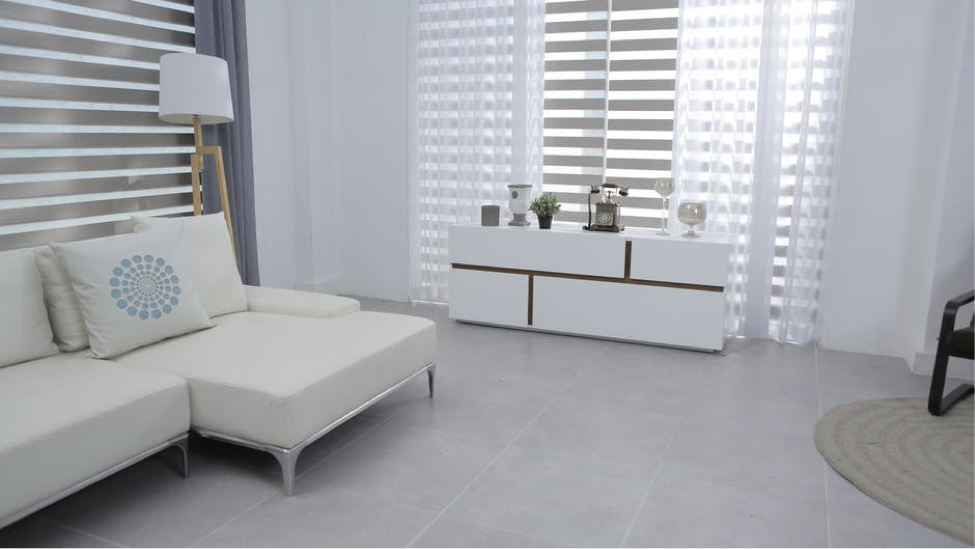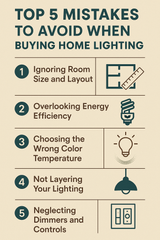9 Signs Your Home's Lighting Isn't Up to Par
9 Signs Your Home's Lighting Isn't Up to Par
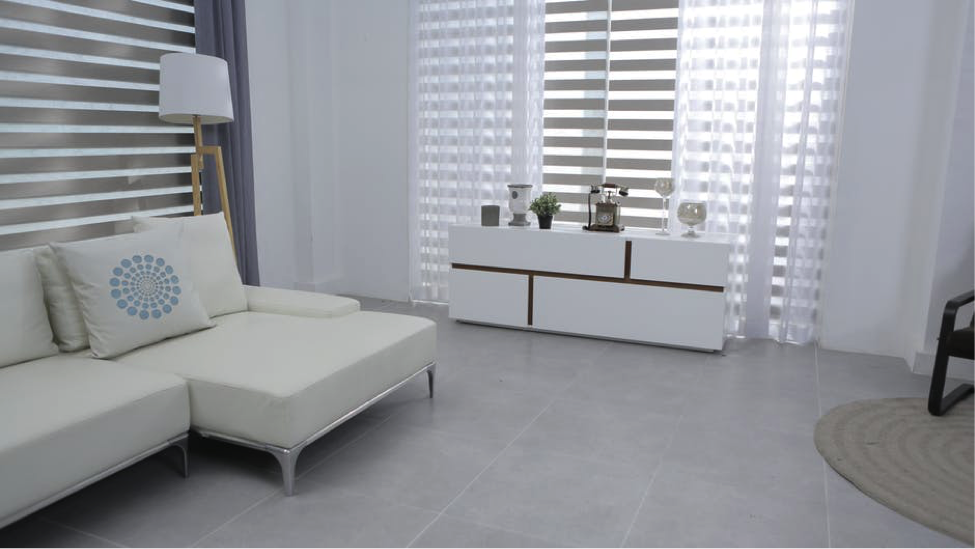
As easy as it may seem to select and install lighting in an interior space, many homes are actually equipped with too many, not enough, or inadequately-placed light fixtures.
Other homes have poor illumination in that they limit their home to one style of lighting only. For example, many spaces only have ambient lighting; task lighting and accent lighting are completely kept out of the picture. In several homes, rooms may only have lamps or may only have built-in ceiling lights.
Yet, the right variation in light fixtures can make a space pop. But how do you even know if your interior design requires different lighting?
This Cocoweb blog post will help you decide if your home’s illumination needs some work and what to do about it.
1. You Deal with Frequent Eyestrain and/or Headaches
Too many lights, lights that are too bright, or only having fixtures with white, natural light can all potentially cause eyestrain and headaches. The contrast of the bright lights and the darkness outside in the evening alone can do it too.
Solutions:
- Get rid of the fixtures you don’t need.
- Consider opting for a variety of different types of lights. Instead of choosing just ambient lighting, make use of accent and task lighting too (e.g., picture lights, piano lamps, floor lamps, etc.). The variation of illumination at hand can be adjusted based on your personal needs.
- Add dimmable lights to your space.
- Switch out some of your whiter bulbs for warmer-colored bulbs.
2. Right at Sundown, You’re Already Exhausted
Both lighting that is too bright and too dark can cause exhaustion early into the night. We know this because when we walk into a brightly-lit grocery store in the evening, it initially makes us more energetic. As we continue throughout the store, our eyes start to get heavy.
When it comes to not enough light, getting instantly tired isn’t uncommon; we all know this. This is one reason why workplaces and classrooms are often well-lit: to keep us energized.
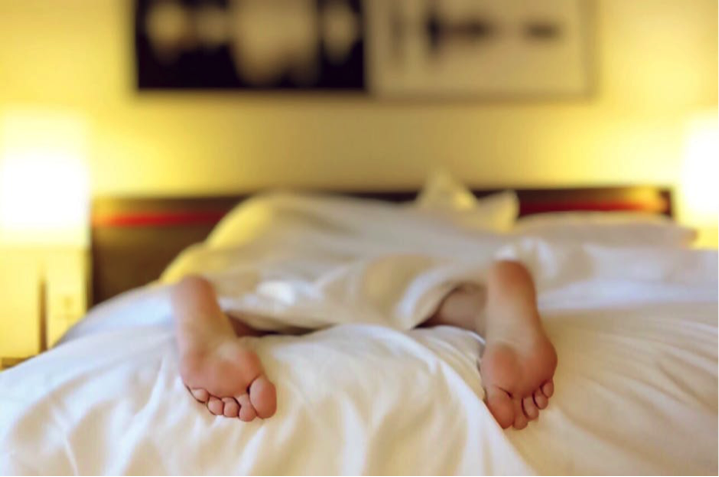
Solutions:
- Balance your space with a variety of whiter and warmer lights.
- If your space is too dark, add more fixtures. Also consider a light box if you are prone to poor concentration, fatigue, and low mood due to lack of light – especially in the wintertime.
- If your space is too bright, consider dimmable lighting.
3. Your Space Seems Small and Cramped
Even if your space is already naturally smaller in size, having inadequate lighting can make you space seem smaller than it truly is, especially if you have darker-colored walls. Your goal should be to make your space bright and to eliminate shadows (especially in corners) to not limit your space psychologically.
Solutions:
- Add a mirror to bounce light and add depth into your space.
- Consider more lighting on a broad scale.
- Use accent lighting to psychologically expand your room.
4. You Find it Hard to Fall Asleep at Night
While brighter lighting for many can actually tire them out after a while, others find that being exposed to such lighting can make it harder for them to fall asleep when they’re ready to. This isn’t coincidental; being exposed to too bright of lighting during the later hours can have an impact on your circadian rhythm, which can impact your sleepiness.
Solutions:
- Add warmer lighting to your bedroom and other spaces where you relax.
- Use accent or dimmable lighting in the evenings or approximately an hour before bedtime.
- Stay off technological devices about an hour or two before bed or use them with a blue light filter or “night mode” setting as they provide warmer illumination.
5. Your Space Doesn’t Cheer You Up the Way it Should
A major part in what makes a space cheerful is the lighting it offers. Poor lighting in excess can psychologically provide feelings or loneliness, sadness, anger, or hopelessness. (But lighting that is bright, while can provide energy, can provide anxiety if it’s too bright and obnoxious.)
The right amount of illumination, however, can help to provide the positivity and happiness you’re looking for.
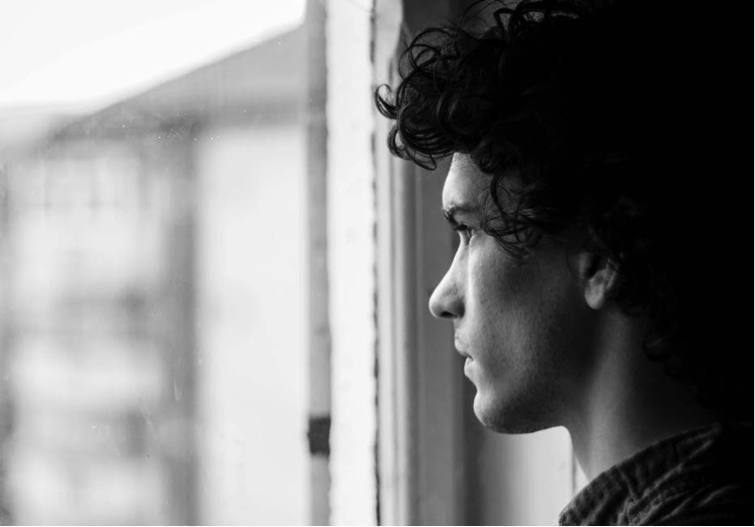
Solutions:
- Add more lighting, especially ambient lighting. (Hint: Consider adding barn lights.)
- Select whiter light bulbs for some of your fixtures.
- Opt for a light box for the nights.
- Add brighter-color light fixtures. (Hint: Cocoweb has many brighter-colored lights to choose from.)
6. Looking Dramatically Different, Outside Versus Inside Your Home
after Self-Care Routine (e.g., shaving, putting on makeup)
When you’re getting ready in your home, do you notice that the second you walk outside and/or go to take a picture in different lighting that your makeup or spray-tan looks darker/oranger than usual, that you missed a major patch of facial hair, or that your hair suddenly appears greasy after applying gel or hairspray?
If you answered yes to any of the following, your lighting is not where it should be – whether it be too dark, not bright enough, or too warm in color.
Solutions:
- Ensure your bathroom or other space you get ready has enough ambient and task lighting.
- Get brighter bulbs for your fixtures.
- Opt for brighter, more natural lighting in places like bathrooms where you need a more realistic representation of color and tiny details that are present.
7. You Find it Difficult to Complete Certain Tasks in the Evening
Regardless of the tasks you engage in, in the evening, if you can’t adequately see what you’re doing, your lighting needs some work. Even at night, one should be able to read a book, write or draw on piece of paper, and complete other large and small tasks, that is, if their lighting is enough.
Solutions:
- Add task lighting to your space.
- Use more whiter light in the necessary room(s).
- Increase the ambient lighting in your home.
8. When Your Lights are Turned On at Night, You Notice Little
Difference in the Brightness of Your Room
When evening arrives, and you turn on your lights, the amount of lighting present should be enough to where there is a difference in what you couldn’t and can now see. If things are hardly different, the assumption would be that your lighting simply isn’t bright enough.
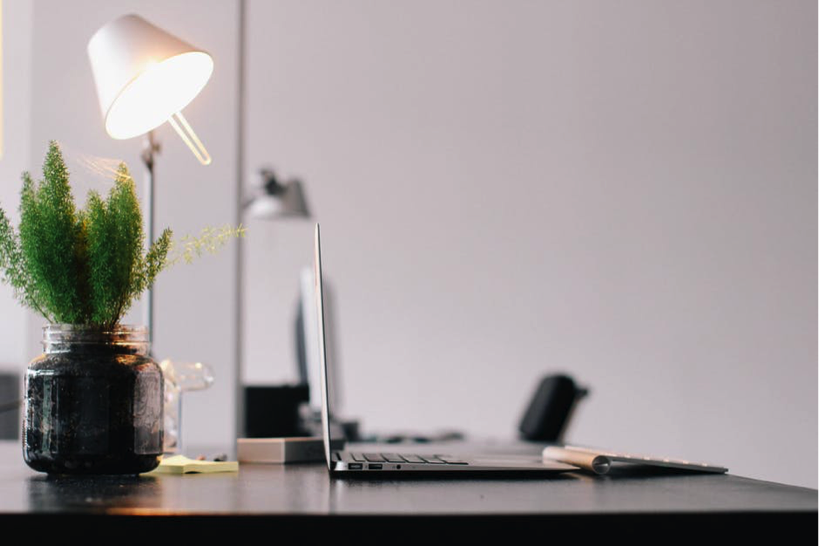
Solutions:
- Add more light fixtures.
- Consider adding brighter bulbs.
- Spruce up your ambient lighting.
9. When Your Lights are Turned On at Night, and Notice a Dramatic
Difference in the Brightness in Your Room that Makes You Uneasy
Too bright is just as bad as not bright enough. Either scenario, as we’ve discussed, can cause a variation of problems for both you and your living space.
While lighting should be brighter than your current space’s illumination, being too bright from what it usually is can cause a period of discomfort as your eyes adjust to the major change. Even when you turn off your lights for the night, adjusting back to the dark is another issue.
Solutions:
- Tone down on the brightness of your bulbs.
- Add more warmer lighting.
- Get rid of some of your fixtures.
Conclusion
Usually when the amount or type of illumination is not correct in your interior design, you’ll know right off the bat. However, dealing with unexplained sleeping problems, headaches and eyestrain, and even trouble with mood in the evening may have to do with the lighting in your home: either too much or not enough.
(Please note that lighting alone cannot treat or cure insomnia, eye disorders, depression, and other physical or mental conditions. Rather, the illumination in your home may be an explanation of or exasperator of symptoms in some scenarios .)
Overall, lighting plays a major role in our lives, how we function, and how we think and feel. Implementing Cocoweb lighting into your home may be a great next step for you.
Recent Posts
-
Top 5 Mistakes to Avoid When Buying Home Lighting
Lighting plays a crucial role in shaping the ambiance, functionality, and aesthetic appeal of your h …26th Jun 2025 -
Why Lighting Is the Most Underrated Design Element in a Room
Walk into a well-designed space, and you might first notice the color of the walls, the statement fu …13th May 2025 -
How to Choose the Perfect Painting for Your Home or Office
When it comes to decorating your space, choosing the perfect painting can be a game-changer. A well- …7th Feb 2025

